Queen Anne’s Lace
$4.49
Ammi Majus
- Seed count 2500
- Great Cut Flower
- Annual
- Height 80 cm
In stock
Description
Queen Anne’s Lace is tall, branching flower, with finely divided, feathery foliage. In summer, it bears an abundance of large round blooms made up of clusters of tiny white florets on tall, branched, slender stems.
The delicate clusters add beauty and depth to bouquets and meadows alike.
It is a fashionable flower for cut flowers arrangements, and one of the best white filler-foliage plants you can grow. Multiple successions throughout the season is advised for continual harvest.
The lacy, white flowers are spectacular when used in mixed bouquets or simply arranged in a great cloud of their own. They last up to 10 days in the vase and can also be used dyed or dried.
In the garden, it is a popular garden plant and is used by gardeners to fill foliage space and create a cohesive flower bed and lends a delicate airiness to any sunny or partially shaded border. It attracts beneficial predatory insects, bees and butterflies.
| Method: Sow direct or seedlings | Soil Temp: 10°C - 25°C |
| Cool Mountain: Nov - Dec | Position: Part sun |
| Arid: Aug - Jan | Row Spacing: 30cm apart |
| Temperate: Sep-Nov, Mar-Jun | Planting Depth: 3 mm |
| Sub Tropical: May - Oct | Harvest: 90 days |
| Tropical: Jun - Aug | Plant Height: 80cm |
Growing Conditions
Sunlight:
- Full sun (4-6 hours daily) to partial shade.
Soil:
- Well drained, sandy/loamy soil; pH 6.0–7.5.
- Avoid heavy clay.
Planting Steps
- Loosen soil 30 cm deep; mix in compost for drainage.
- Scatter seeds on surface; cover lightly.
- Water gently with a misting spray.
- Space plants 30 cm apart.
Care & Maintenance
Watering:
- Daily until established; reduce frequency afterward.
Fertilising:
- Not required, light compost in poor soils.
Pruning:
- Deadhead spent blooms to prevent aggressive self-seeding.
Support:
- Stake tall stems in windy areas.
Overwintering:
- Mulch first year plants to protect roots.
Companion Plants
Good Companions:
- Yarrow, Chamomile, Black Eyed Susans.
Avoid:
- Carrots (shared pests like carrot rust fly).
Troubleshooting
Pests:
Aphids:
- Spray with neem oil.
Carrot Rust Fly:
- Use row covers.
Diseases:
- Powdery mildew: Improve airflow.
- Root rot: Avoid overwatering.
Postage Charge
Orders under $30 attract a $4.50 shipping charge. Orders $30 and above have free shipping.
Order Times
Seed orders are normally dispatched within three business days. You will receive an email when seeds are mailed out.
Postage Days
Seeds are mailed out Monday to Friday at 1pm. Except for the Friday of long weekends.
Postage Times
WA 2-3 Days: SA,NT 3-5 Days: NSW, ACT, QLD, VIC: 5-7 Days
Carrier
We use Australia Post Letter Postage for the majority of orders
Not only are our seeds packed in recycled paper envelopes, we keep the theme going when we post out website orders. To protect your seeds from moisture and the letter box munchers (snails), we use a very special plastic free material made from plants. They are then put into recycled mailing envelopes. Green all the way 💚🌿

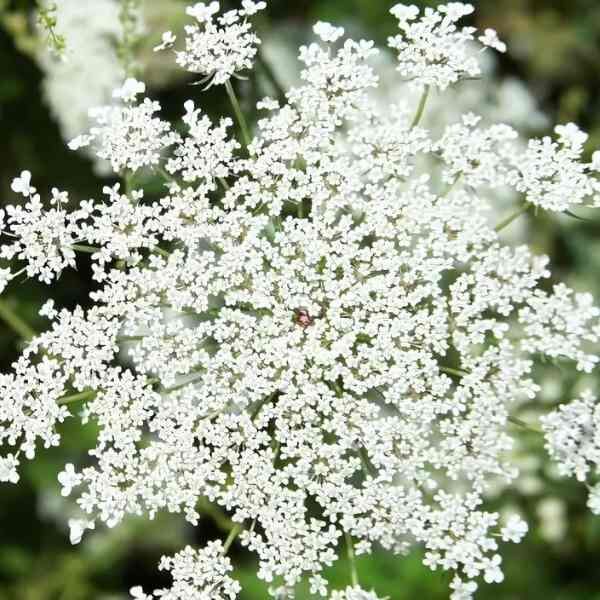



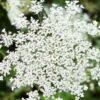
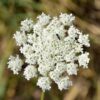

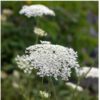



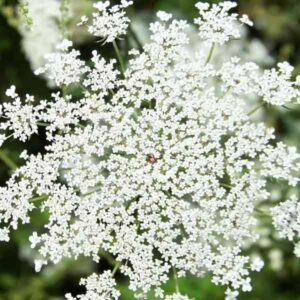
Flowered beautifully
Seeds look good. Planted but haven’t come up yet. Early days
I won’t know until they germinate.